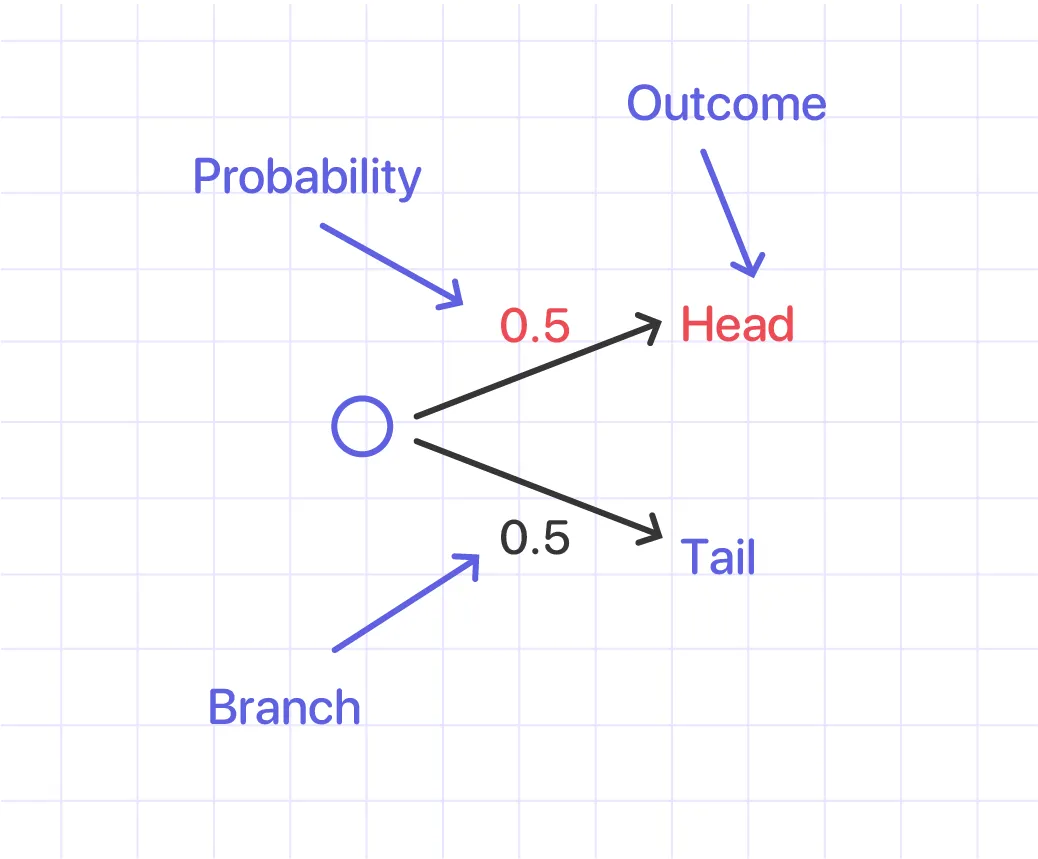MathMaster Blog
Probability is the study of events and how likely they are to happen.
It is usually represented as a fraction. The numerator shows the number of ways that the event can occur, whereas the denominator expresses the total number of possible events in a particular context.
Probability has 5 basic rules you should know:
#1: Probability is a numerical value that can be assigned to events and outcomes. It is always less than or equal to one and greater than or equal to zero.

#2: The probability of all possibilities must add up to 1. It can be expressed as P(S) = 1, where S represents the entire sample space.
#3: The Addition Rule: the probability that one of two occurrences happens is equal to the sum of their individual probabilities if they have no common outcome.

#4: The Complement Rule: the probability of an event not occurring is equal to 1 minus the probability of the event occurring.

#5: When two events (A and B) are independent, we use this formula:

The probability formula can be expressed as:
- P(B) is the probability of an event 'B'.
- n(B) is the number of favorable outcomes of an event 'B'.
- n(S) is the total number of events occurring in a sample space.

Probability Tree Diagram
A tree diagram is a visual depiction that aids in determining the chance of an event happening or not happening.

Example 1:
If one coin is tossed twice, what is the probability of getting a head?
Solution:
Let S represent the sample space.
Draw a tree diagram that depicts a coin tossing twice.
S = {HH, HT, TH, TT}
The probability of getting a head is P(HT) = 1/4 = 0.25.
Answer: 0.25
Example 2:
When a coin was tossed, it landed 12 times on heads and 8 times on tails. What was the percentage of times it came up tails?
Solution:
Compare the number of tails and the number of tosses.
8/20 = 0.40 or 40%
Answer: 40%